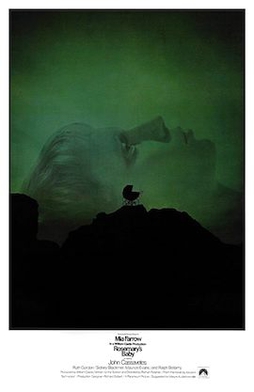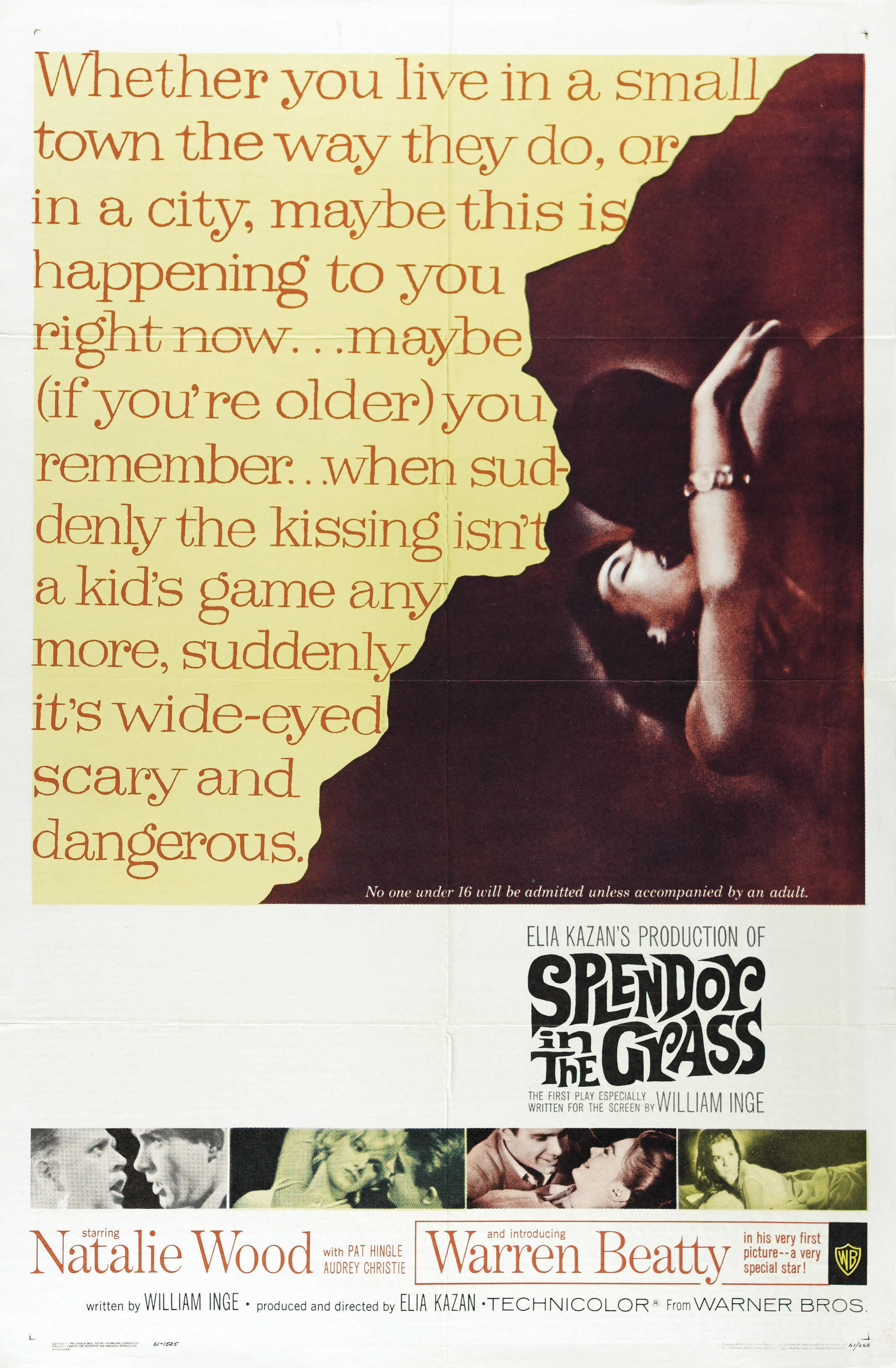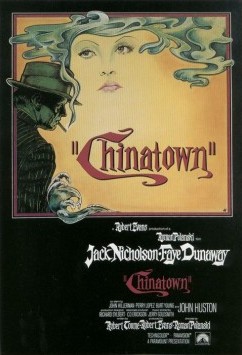A blog formerly known as Bookishness / By Charles Matthews
"Dazzled by so many and such marvelous inventions, the people of Macondo ... became indignant over the living images that the prosperous merchant Bruno Crespi projected in the theater with the lion-head ticket windows, for a character who had died and was buried in one film and for whose misfortune tears had been shed would reappear alive and transformed into an Arab in the next one. The audience, who had paid two cents apiece to share the difficulties of the actors, would not tolerate that outlandish fraud and they broke up the seats. The mayor, at the urging of Bruno Crespi, explained in a proclamation that the cinema was a machine of illusions that did not merit the emotional outbursts of the audience. With that discouraging explanation many ... decided not to return to the movies, considering that they already had too many troubles of their own to weep over the acted-out misfortunes of imaginary beings."--Gabriel García Márquez, One Hundred Years of Solitude
Search This Blog
Showing posts with label Richard Sylbert. Show all posts
Showing posts with label Richard Sylbert. Show all posts
Tuesday, October 1, 2019
Carnal Knowledge (Mike Nichols, 1971)
Carnal Knowledge (Mike Nichols, 1971)
Cast: Jack Nicholson, Ann-Margret, Art Garfunkel, Candice Bergen, Rita Moreno, Cynthia O'Neal, Carol Kane. Screenplay: Jules Feiffer. Cinematography: Giuseppe Rotunno. Production design: Richard Sylbert. Film editing: Sam O'Steen.
Carnal Knowledge begins as a light comedy of manners set in the late 1940s, when college students were supposedly less casual and more poorly informed about sex. Jonathan (Jack Nicholson), who claims to be more sexually experienced than his Amherst roommate, Sandy (Art Garfunkel), gives Sandy some advice on how to approach Smith College student Susan (Candice Bergen) at a mixer. The scene has some of the keen ear for awkward attempts at communication found in screenwriter Jules Feiffer's cartoons and in director Mike Nichols's comedy routines with Elaine May. Eventually, Sandy and Susan get together, with Jonathan still coaching Sandy on sex, until Jonathan himself makes his own moves -- unknown to Sandy -- on Susan. He succeeds, in an excruciating scene in which Susan's confusion about the loss of her virginity plays across her face, partly obscured by the grunting Jonathan on top of her. And from then the film becomes increasingly sour, as the years pass and the misogynistic Jonathan continues to meddle in Sandy's life but also makes a mess of his own relationships with women. He takes up with Bobbie, a model played by Ann-Margret, for what begins as a passionate fling and ends in misery. By the end of the film he is being serviced by Louise (Rita Moreno), a prostitute whom he hires to perform a routine -- and abuses when she deviates from it -- designed to give him an erection. It's a sad, rather hopeless film that despite fine performances from all the actors never quite convinces us that its characters are anything but puppets of the writer and director. Jonathan and Sandy seem incapable of change and growth. Something makes me think that Carnal Knowledge would have been a better film if it had been told from the women's point of view, that it would have made a more telling point about the male ego and about the great gulf between the sexes if we had seen Jonathan and Sandy through Susan and Bobbie's eyes. We get glimpses of that, but Susan disappears from the film after she marries Sandy and he, egged on by Jonathan, drifts into mid-life affairs. Bobbie's entrapment into Jonathan's world leads to a failed suicide attempt, after which she, too, vanishes from the story. Feiffer and Nichols never make it clear whether their film is a satire on sex in modern society or just a particularly bleak story about unhappy people.
Saturday, October 8, 2016
Rosemary's Baby (Roman Polanski, 1968)
I'm not boasting when I say that horror movies don't scare me. Sometimes I wish they did -- I'm missing out on the fun. It's just that since I learned to watch films analytically, studying performance and camerawork and storytelling, I usually see through the formulas of genre films. I know, for example, how to anticipate the surprises when you think that everything's okay and suddenly it isn't anymore -- e.g., the shocker moments in Wait Until Dark (Terence Young, 1967) or Carrie (Brian De Palma, 1976). The best I can hope for from a scary movie is to feel unsettled, which is what Rosemary's Baby does to me. I've seen it often enough to know where it's going, but when it arrives -- especially in the conception scene and in the final reveal -- I invariably suspend my analysis long enough to be drawn in. As director and screenwriter, Roman Polanski is a master, providing lovely, creepy bits like the figures that tiptoe across the background in the scene in which Rosemary (Mia Farrow) thinks she's alone in the apartment. But to my mind the film succeeds mostly because of Farrow's performance: She brings just the right amount of vulnerability to the role -- she doesn't even need the makeup-induced pallor to convince us that she is prey to something terrible. It always strikes me as odd that she has never earned an Oscar nomination. But all the performances in Rosemary's Baby are top-notch, starting with the one that did win an Oscar, Ruth Gordon's deliciously vulgar Minnie Castevet, who pronounces "pregnant" as if it had three syllables. John Cassavetes succeeds in the difficult role of Guy, Rosemary's husband; he has to be plausible as the sympathetic, loving spouse at the start -- giving in to Rosemary's desire for the fatal apartment -- but just abrasive enough with his wisecracks to suggest the cynicism and careerism that leads him to sell his soul to the devil-worshipers. Ralph Bellamy also has to be plausibly caring as Dr. Sapirstein to convince Rosemary and the audience that he's on the right side, while also preparing us for later revelations. Bellamy had a long and interesting career, from the schnook who gets the girl taken away from him by Cary Grant in The Awful Truth (Leo McCarey, 1937) and His Girl Friday (Howard Hawks, 1941), to the distinguished, gentlemanly, but sometimes sinister character in films like Trading Places (John Landis, 1983) and Pretty Woman (Garry Marshall, 1990). It's also good to see other veteran actors -- Sidney Blackmer, Elisha Cook Jr., and even that well-cured ham Maurice Evans -- doing fine ensemble work. Richard Sylbert's production design makes the most of the spooky gothic apartment house -- the exteriors are of the Dakota, but the interiors are sets. And Krzysztof Komeda, who had worked with Polanski in Poland, provides a score that's atmospheric without being overstated -- until it needs to be.
Monday, August 22, 2016
Splendor in the Grass (Elia Kazan, 1961)
This overheated melodrama, released the year after the introduction of the Pill, could almost be a valedictory to the 1950s. Deanie Loomis (Natalie Wood) and Bud Stamper (Warren Beatty) are two hormone-drenched Kansas teenagers in 1928 -- though the attitudes toward sex were still prevalent thirty years later -- unable to find an outlet for the passions they are told they should repress. He is under the sway of a bullying, motormouthed father (Pat Hingle in an over-the-top performance that's alternately frightening and ludicrous), while she has a frigid, convention-ridden mother (Audrey Christie). She goes mad and is sent to a mental hospital. He goes to Yale and flunks out. Such are the consequences of not having sex. The truth is, Splendor in the Grass is not quite as silly as this summary makes it sound. Kazan's direction is, as so often, actor-centered rather than cinematic: The performances of the four actors mentioned give it a lot of energy that at least momentarily overrides any reservations I have about the psychological plausibility of William Inge's screenplay, which won an Oscar. There's also Barbara Loden as Bud's wild flapper sister, and Zohra Lampert as the earthy Italian woman Bud winds up marrying. In the end, the movie becomes almost a documentary of a moment in American filmmaking, when censorship was beginning to lose ground, and things previously unmentionable, like abortion, became at least marginally acceptable. The film itself could almost serve as an indictment of the attitudes that produced the Production Code, which hamstrung American movies from 1934 to 1968. What distinction the movie has other than as a showcase for performances comes from Boris Kaufman's cinematography, Richard Sylbert's production design, and Gene Milford's editing.
Thursday, February 4, 2016
Chinatown (Roman Polanski, 1974)
Where there's money, there's murder, and where the sun shines brightest, the shadows are darkest. That's why film noir was invented in Hollywood, and why California's greatest contribution to American literature may have been the pulp fiction of James M. Cain and the detective novels of Dashiell Hammett, Raymond Chandler, and Ross Macdonald. Chinatown, which draws on that tradition, has a kind of valedictory quality about it, harking back to the 1930s roots of noir, although the genre's heyday was the postwar 1940s and paranoia-filled early 1950s. (Curtis Hanson would exploit that latter era in his 1997 film L.A. Confidential.) But it's also very much a film of the 1970s, which is to say that 42 years have passed and Chinatown is showing its age. The revelation that Katherine (Belinda Palmer) is both the daughter and the sister to Evelyn Mulwray (Faye Dunaway) no longer has the power to shock that it once did, incestuous rape having become a standard trope of even TV drama. Nor does the "dark" ending, which director Roman Polanski insisted on, despite screenwriter Robert Towne's preference for a more conventionally hopeful resolution, seem so revolutionary anymore. It remains a great film, however, thanks to those quintessential '70s stars, Dunaway and Jack Nicholson, in career-defining performances, the superb villainy of John Huston's Noah Cross, and Roman Polanski's deft handling of Towne's intricate screenplay, carefully keeping the film limited to the point of view of Nicholson's Jake Gittes. Production designer Richard Sylbert and costume designer Anthea Sylbert (Richard's sister-in-law), aided by cinematographer John A. Alonzo, are responsible for the stylish evocation of 1930s Los Angeles. The atmospheric score is by Jerry Goldsmith.
Friday, October 23, 2015
Who's Afraid of Virginia Woolf? (Mike Nichols, 1966)
I don't know if Who's Afraid of Virginia Woolf? is a great play -- I've never seen it -- but it's not a great movie, perhaps because it sticks so closely to an uncinematic source. What it does have is one great performance, Richard Burton's, and one near-great one from Elizabeth Taylor. Unfortunately, George Segal and Sandy Dennis are miscast as Nick and Honey: He's too hip and she's too rabbity for their roles to take dramatic shape. Ideally, I think, Nick and Honey should be the conventional flies lured into George and Martha's sinister web. But as Mike Nichols directs them, they don't bring enough initial squareness to their parts, so their disintegration during the game-playing of their hosts happens too swiftly. What makes Burton's performance so memorable is his ability to shift moods, from sullen to mocking, from beleaguered to triumphant, in an instant. He also quite brilliantly suggests George's only barely latent homoerotic attraction to Nick, making it clear that he's titillated by the very idea of Martha's sleeping with the younger man. Taylor falters only in letting her Martha get too shrill for too long: A slower crescendo to her shrewishness would have been welcome in many scenes. Oscars went to Taylor and Dennis, but Burton lost to Paul Scofield in A Man for All Seasons (Fred Zinnemann, 1966) and Segal to Walter Matthau in The Fortune Cookie (Billy Wilder, 1966). Oscars also went to Haskell Wexler for black-and-white cinematography, Richard Sylbert and George James Hopkins for black-and-white art direction and set decoration, and Irene Sharaff for black-and-white costuming. This was the last year in which these categories were divided into color and black-and-white. It's sometimes observed that except for Cimarron (Wesley Ruggles, 1931), Who's Afraid of Virginia Woolf? is the only film to have received nominations in every category for which it was eligible. But it's likely that if the color/black-and-white division had been eliminated a year earlier, the film would have been shut out of some of these categories. Though he was a noted cinematographer, Wexler doesn't do his best work on Virginia Woolf, partly because Nichols, making his directing debut, called on him to do some close-up shots that not only don't hold focus but also distract from the essence of the drama, the interplay of its four characters. Nominations also went to Ernest Lehman as the film's producer and screenwriter, Nichols as director, George Groves for sound, Sam O'Steen for film editing, and Alex North for score. Oh, and if you're wondering why the title is sung to "Here We Go 'Round the Mulberry Bush" instead of "Who's Afraid of the Big Bad Wolf?", essentially killing the joke, it's because the Disney studios, who owned the rights to the tune, wanted too much money.
Subscribe to:
Comments (Atom)


























